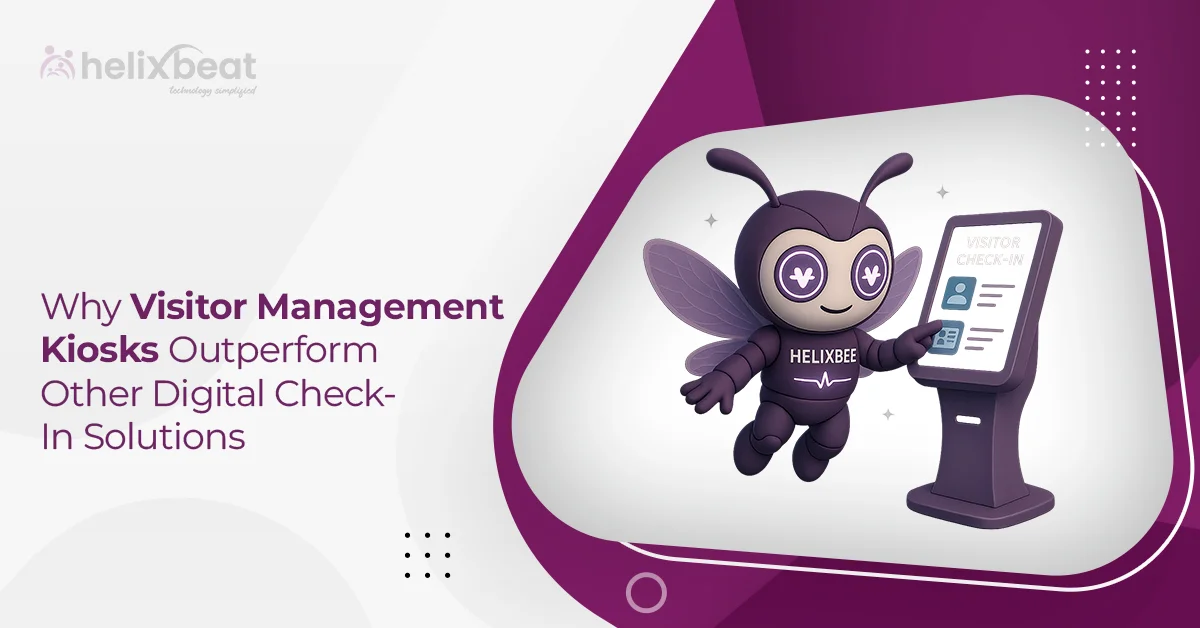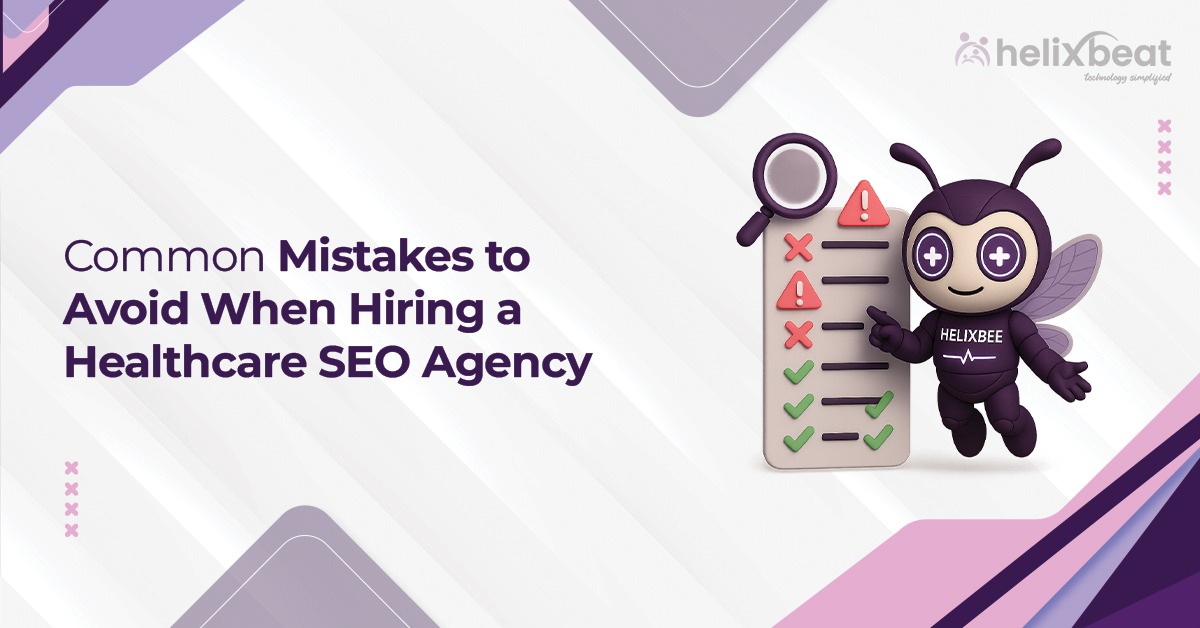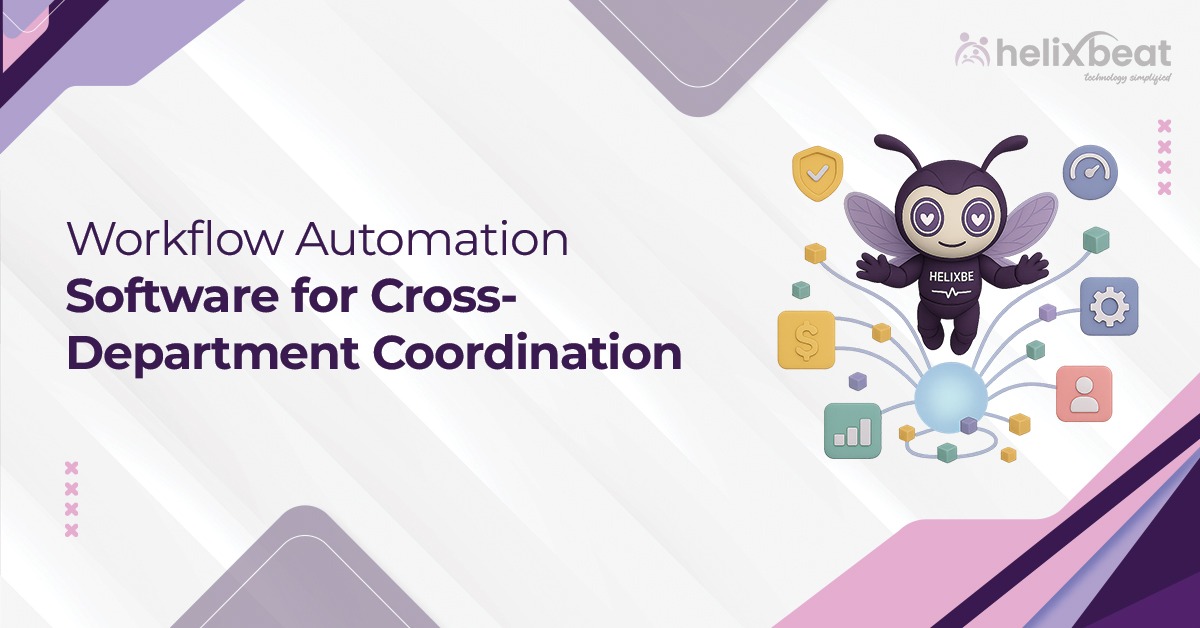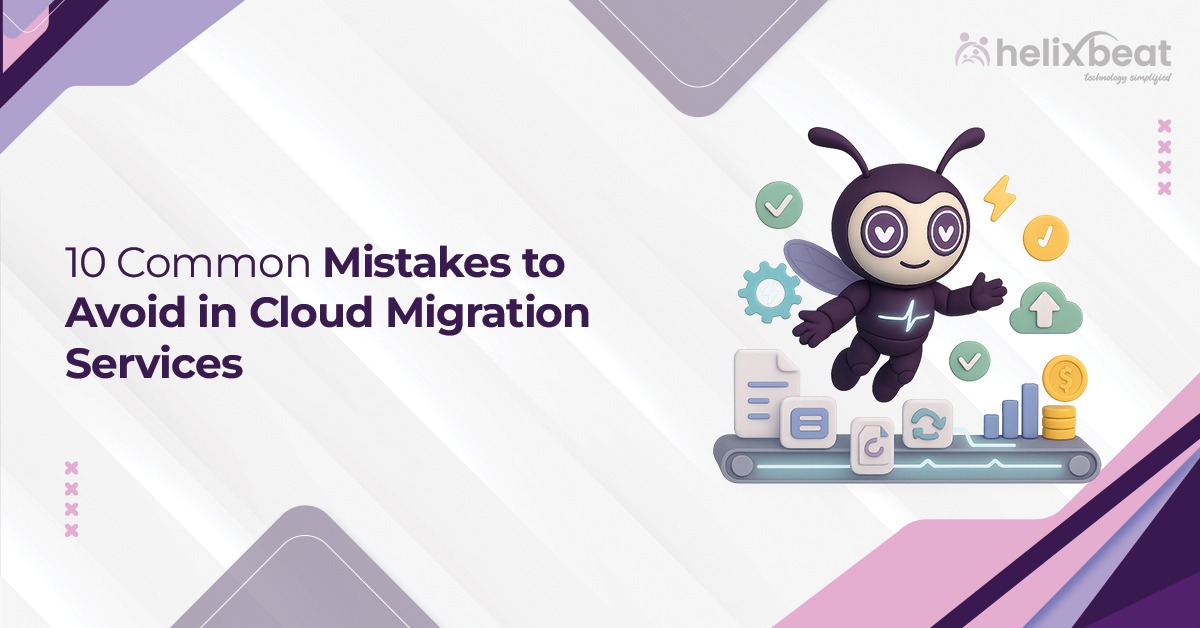Healthcare systems across the globe are striving for a digital breakthrough—but one critical challenge remains: organizational resistance to healthcare interoperability. Despite the clear advantages of sharing patient data across platforms, many hospitals still hesitate to embrace interoperability technologies. The question is, why?
In this blog, we’ll unpack the roots of this resistance, spotlight strategies to address it, and explore how modern solutions like FUSION, built on FHIR standards and RESTful APIs, are changing the game for hospitals ready to take the leap.

Table of Contents
Why Healthcare Interoperability Matters More Than Ever
Interoperability in healthcare is the bedrock of a connected, efficient, and patient-centric care ecosystem. When different hospital systems—electronic health records (EHRs), radiology, pharmacy, and billing—can “talk” to one another, the benefits are immense:
- Faster and more accurate diagnoses
- Reduced duplicate testing
- Improved treatment outcomes
- Seamless patient experiences
- Lower administrative burden on staff
And the need is growing. A HIMSS Market Insights report (February 2025) found that 51% of healthcare organizations ranked interoperability/data exchange issues (e.g., HL7, FHIR integration) among their top priorities in the next 12–18 months.
The Reality of Organizational Resistance
Change is never easy—especially in hospitals where every decision can affect lives and outdated systems have been in place for decades. Teams resist for many reasons, and that resistance shows up in different ways:
- IT inertia: Existing systems are expensive and deeply integrated into workflows. “If it’s not broken, why fix it?” becomes the default mindset.
- Staff skepticism: Clinicians may fear that new tech will slow them down or add to their documentation burden.
- Data silos: Departments often work in isolation, making it difficult to build trust or align on shared goals.
- Compliance confusion: Misunderstandings around data sharing laws (like HIPAA) can lead to unnecessary caution.
- Leadership gaps: Without champions at the top, healthcare interoperability initiatives can stall in committee discussions.
Overcoming these roadblocks requires more than just tech—it requires a cultural change.
Strategy 1: Engage Stakeholders Early and Often
One of the best ways to reduce resistance is to involve key players from day one. This includes:
- Clinical leaders
- IT and data governance teams
- Administrative heads
- Compliance officers
- Patient advocates
By bringing everyone to the table early, hospitals can:
- Address concerns before they escalate
- Align healthcare interoperability goals with departmental objectives
- Create a sense of ownership among staff
- Reduce rumors and misinformation
Tip: Arrange meetings where teams can openly discuss the benefits and concerns of healthcare interoperability. Make it less about software and more about solving patient problems.
Strategy 2: Showcase Tangible Benefits Through Pilot Projects
Skepticism often fades when results are visible. Start small with a pilot project—perhaps integrating lab data between departments or sharing discharge summaries across facilities. Use measurable metrics like:
- Time saved per patient
- Number of errors reduced
- Patient satisfaction scores
- Readmission rates
Once the pilot proves its value, it becomes easier to scale the initiative across the organization.
Strategy 3: Choose the Right Technology Foundation
Resistance often stems from fear of complicated implementations or vendor lock-ins. Hospitals need a flexible, standards-based solution that simplifies integration and aligns with industry trends.
That’s where FUSION from Helixbeat comes in.
What is FUSION?
FUSION is a FHIR server designed to make data exchange easier, faster, and more accurate.
FUSION stores patient data in FHIR format, which is the global standard for healthcare data. This enables different apps, hospitals, and systems to communicate with each other and share critical health information in real-time.
What sets FUSION apart is that it also stores medical coding systems like SNOMED CT, LOINC, and ICD. This keeps all data consistent, accurate, and ready for clinical use, reporting, and analytics.
Key features of FUSION include
- FHIR-native architecture
- Plug-and-play APIs for rapid deployment
- Real-time data sharing across multiple endpoints
- Strong security controls that meet compliance standards
- Support for both structured and unstructured data
Whether a hospital wants to exchange records with external labs or enable app-based clinical tools, FUSION acts as the smart bridge—without needing to replace existing infrastructure.
Strategy 4: Address the Human Side of Change
Technology adoption is as much about people as it is about platforms. Hospitals that succeed in interoperability are the ones that prioritize user experience and offer strong support during the transition.
Here’s how to do it
- Train without overwhelming: Offer short, focused training sessions tailored to roles (e.g., nurses vs. IT staff).
- Create champions: Identify tech-savvy clinicians and administrators who can advocate for the new system internally.
- Provide on-the-go help: Keep support resources (FAQs, chatbots, help desks) readily available during go-live.
- Celebrate small wins: Recognize departments or individuals who use the system effectively.
Strategy 5: Align Healthcare Interoperability with Compliance and Safety
Often, resistance is driven by concerns about data privacy and security. Addressing these head-on builds trust and boosts confidence.
Make it clear how interoperability supports—not compromises—regulatory compliance:
- Audit trails help track access and prevent misuse
- Role-based permissions control who sees what
- Encryption and authentication safeguard data in transit and at rest
- Standardized formats like FHIR eliminate ambiguity in data exchange
FUSION, for example, is built with HIPAA-ready safeguards and allows fine-grained access controls, making it easier for IT teams to meet security mandates.
Strategy 6: Tie Interoperability to Broader Organizational Goals
Instead of treating healthcare interoperability as an IT-only initiative, connect it to the hospital’s mission and strategic objectives:
- Patient-centric care: Better coordination leads to fewer errors and more personalized treatment
- Operational efficiency: Streamlined data flows reduce administrative load and cut costs
- Reputation and rankings: Hospitals with integrated systems are better prepared for value-based care models
- Innovation readiness: Interoperability lays the foundation for AI-driven tools, virtual care, and predictive analytics
This alignment not only justifies investment but also makes it easier for departments to support the vision.
The Role of FUSION in Reducing Resistance
Let’s zoom in on how FUSION can directly address the concerns hospitals have around interoperability adoption:
| Concern | How FUSION Helps |
| “It’ll take too long to implement.” | FUSION’s plug-and-play RESTful APIs accelerate deployment. |
| “We’ll need to overhaul our systems.” | FUSION integrates with existing systems, no rip-and-replace required. |
| “Is it secure?” | FUSION uses role-based access, OAuth 2.0, and industry-grade encryption. |
| “Our team won’t know how to use it.” | The platform offers simplified APIs and clear documentation, reducing learning curves. |
| “We’ve had bad tech experiences before.” | FUSION is built on modern web standards (FHIR + REST), widely adopted across the healthcare sector. |
Final Thoughts
Healthcare interoperability is no longer optional. It’s a necessity for hospitals aiming to deliver coordinated, efficient, and value-driven care. But the road to adoption is rarely smooth.
By recognizing the roots of organizational resistance—and addressing them with thoughtful strategies—healthcare leaders can guide their teams through the change. With platforms like FUSION, the journey becomes not just manageable but transformative.
Get in touch with Helixbeat and receive a personalized quote to deploy FUSION in your hospital.
FAQs
1. How can hospitals reduce internal resistance to the adoption of healthcare interoperability?
Hospitals can engage stakeholders early, run pilot projects, offer tailored training, and align interoperability initiatives with broader organizational goals.
2. What is FUSION and how does it help with healthcare interoperability?
FUSION is a FHIR server built on RESTful APIs that simplifies data exchange between hospital systems, apps, and devices, helping hospitals achieve interoperability without overhauling existing infrastructure.
3. Is healthcare interoperability secure?
Yes. Platforms like FUSION support advanced security features like role-based access, OAuth 2.0, and data encryption to safeguard patient information.
4. How does interoperability align with compliance requirements?
Interoperable systems, when designed with compliance in mind, help hospitals meet legal standards for patient data access, sharing, and tracking while maintaining audit trails.
5. Can hospitals adopt interoperability without replacing their existing systems?
Yes. Modern platforms like FUSION are designed to integrate with legacy and modern systems alike, allowing data flow without requiring full replacements.














